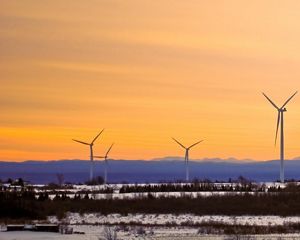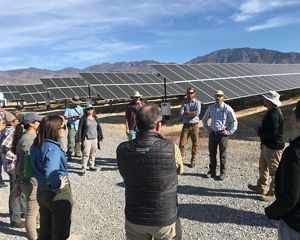
Smarter Energy Siting Helps Achieve Climate & Biodiversity Goals
One county could meet more than half Croatia’s national renewables target without grave impacts to wildlife—and that’s good for global energy.
Mark Lambrides, Director of Global Energy and Infrastructure, and Igor Vejnovic, Southeast Europe Energy Coordinator
This fall, global decision-makers will meet at a series of key international summits designed to map a pathway for resolving major planetary crises. The agreements coming out of the UN Biodiversity Conference in Kunming, China and UN Climate Change Conference in Glasgow, UK will hopefully set humanity on a path away from accelerating climate breakdown and biodiversity collapse and towards a more sustainable, resilient future.
The climate and biodiversity crises are deeply interconnected and the situation in the energy sector shows the tension this creates—while it’s vital to decarbonize our power infrastructure, this cannot happen at the expense of nature or local communities—which is doubly challenging when clean energy installations like wind and solar farms often require significantly more land than their fossil fuel-powered predecessors.
The Nature Conservancy (TNC) works worldwide to offer pathways to accelerate renewables deployment without jeopardizing nature or people. Our collaboration in the Balkans with the Energy Institute Hrvoje Požar, focused on the biodiverse coastal county of Zadar in Croatia, provides an ideal test-case for the benefits of smart renewables siting—demonstrating that it is possible to expand clean power generation, while also protecting sensitive ecosystems and avoiding conflict with local communities.
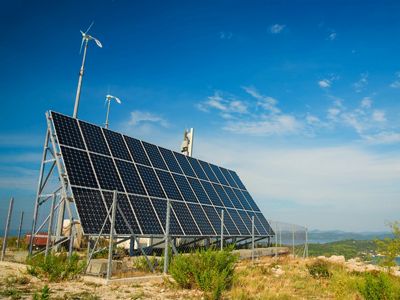
Tackling Twin Crises: How Europe is Positioned to Lead
Europe is currently leading the way globally in showing how to address complex sustainable development challenges in this integrated way. The European Commission’s flagship European Green Deal initiative puts forward ten policy pillars designed to transform the continent's economy for a more sustainable future. These include ambitious climate targets to achieve net-zero emissions by 2050, while also expanding the bloc’s Natura 2000 network of biodiversity and climate-critical protected areas.
EU member states have a key role to play in translating this overall vision into tangible plans for on-the-ground implementation, necessitating a careful balancing act between climate and biodiversity strategies. It is for this reason that TNC is working with two countries in particular, Croatia and Slovenia, to pioneer approaches to sustainable renewables speak to both of these interconnected objectives.
Quote
Europe can lead the sustainable deployment of renewables by smart-from-the-start siting of solar and wind capacities in the areas with the lowest risk of environmental and social conflicts.
The Balkan Advantage
Croatia, like the wider Balkans region, is a remarkable hotspot for European biodiversity. At the same time, the region is also at the heart of the renewable energy revolution, boasting major untapped sources of solar and wind energy potential. As part of efforts to accelerate the clean energy transition this side of 2030, Croatia’s national government has announced a series of financial and non-financial support designed to expand renewable energy capacity. Demonstrating projects that deliver against both climate and biodiversity goals will be another vital part of encouraging this shift, and smart siting of renewables infrastructure will be central to achieving these “win-win” outcomes.
Combining over 2,000 hours of sunshine annually with one of the windiest climates in Europe, the coastal county of Zadar is already emerging as a hotspot for renewables development. Couple this with fact that over 50 percent of the county also falls within the EU’s Natura 2000 network of protected areas for biodiversity, playing host to such iconic species as brown bear, golden eagle and Eurasian lynx, and the case for smart and sustainable energy siting becomes even clearer.


How to Site Smart: Identifying Renewable Potential
In essence, TNC’s smart siting blueprint works by overlapping a series of maps depicting regional environmental and social data with those indicating solar and wind potential. Ideally, this should then point spatial planners towards those specific locales that are most suitable for developing renewable energy installations. For our Zadar study with Energy Institute Hrvoje Požar, 22 individual datasets were used to make the maps, identifying sensitive zones such as bear habitat or bat colonies alongside valuable cropland, and areas with high energy yield and proximity to the grid.
Additionally, one other crucial step taken from the earliest stages of this project was intensive stakeholder engagement. Input from local experts and non-experts alike, was crucial to identify and rank those the community values and sensitivities that needed to be respected.
Having ruled out those areas unsuitable for renewable energy development (e.g. areas under strict conservation protection; exhibiting low energy resource value; containing biophysical constraints; or already experiencing high competition for land-use from different stakeholders), we then concluded that the total area of Zadar county suitable for development amounts to 22,529 hectares (ha) for solar and 8,451 ha for wind. Based on these estimates we are able to project a combined potential of more than 1.1 gigawatts from those areas. To put this in perspective—and bearing in mind that it was based purely on those areas of Zadar adjudged to have lowest risk of social or environmental conflicts—this figure represents over half ( around 52 percent) of Croatia’s total national 2030 target for solar and wind power.

Beyond the Balkans
From this study, we see that once local community stakeholders and environmentalists are engaged from the outset, the potential to achieve win-win outcomes for climate, biodiversity and communities across the world become significantly greater.
What's more, this study shows that nature can enable Europe's big ambitions and strong policy frameworks. And as exciting as it is in isolation, the Zadar example is just one snapshot of what could potentially be achieved at the larger scale across the Balkans and beyond.
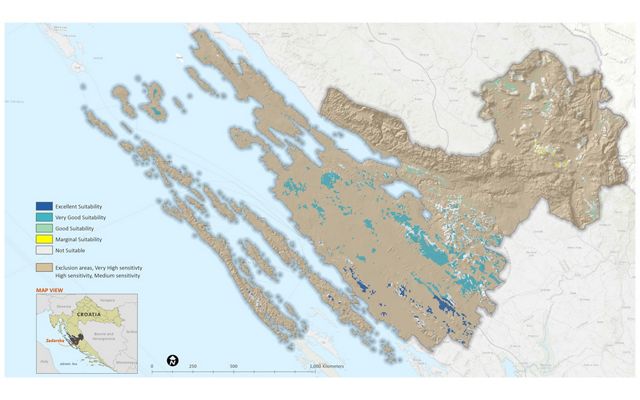
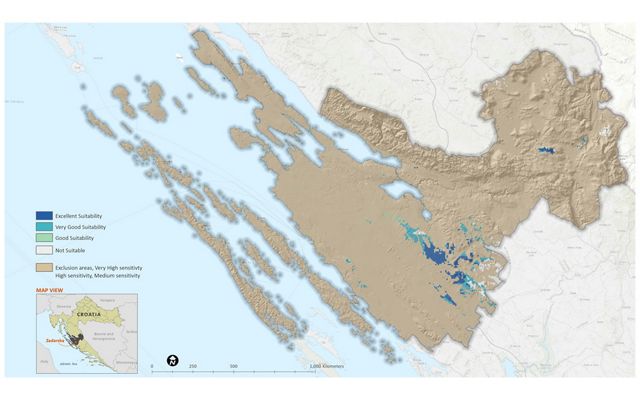
Global Insights
Check out our latest thinking and real-world solutions to some of the most complex challenges facing people and the planet today.
